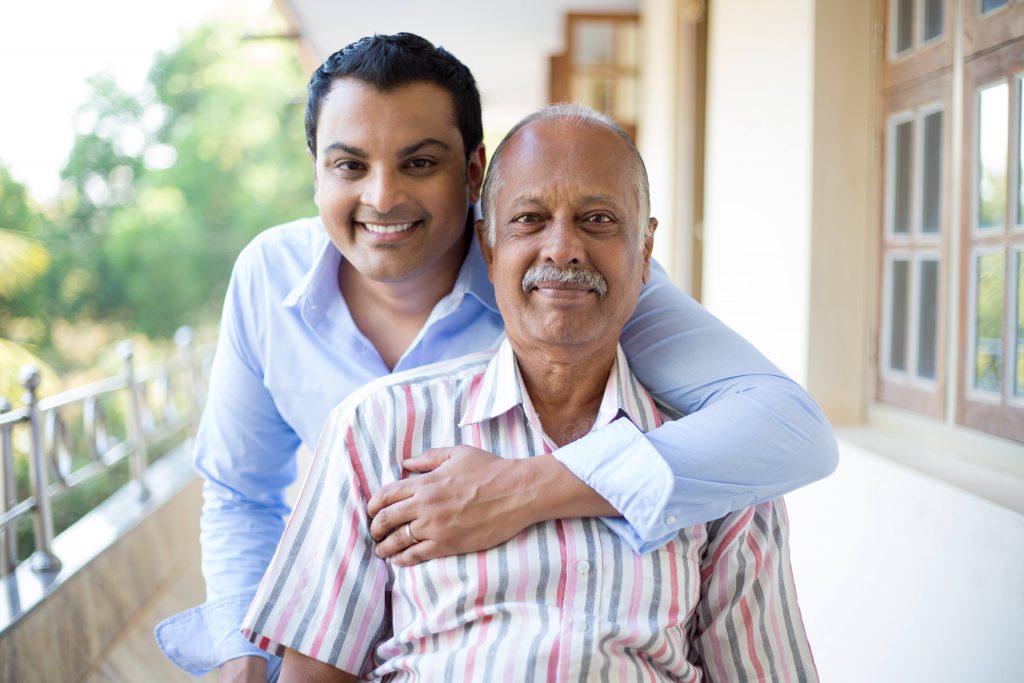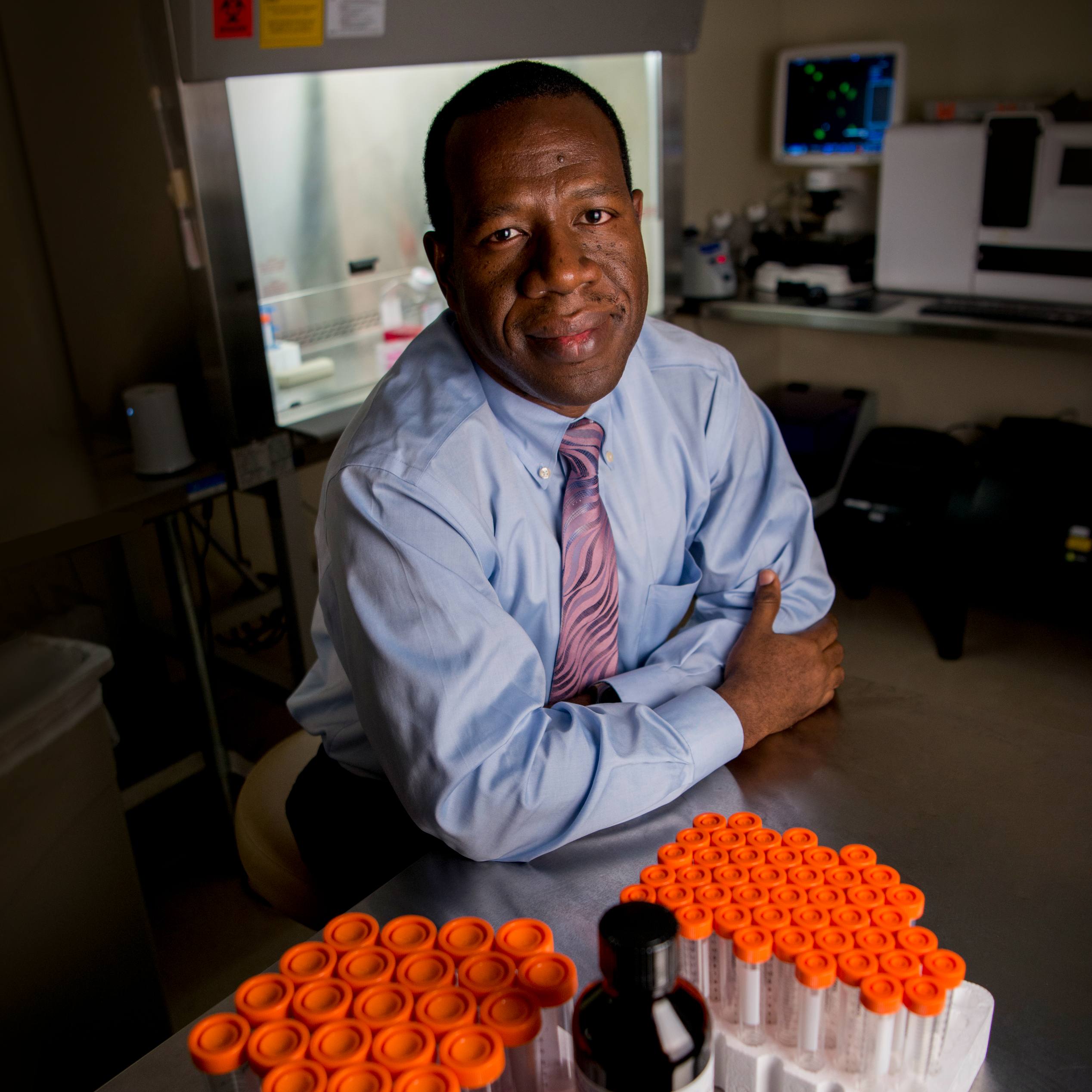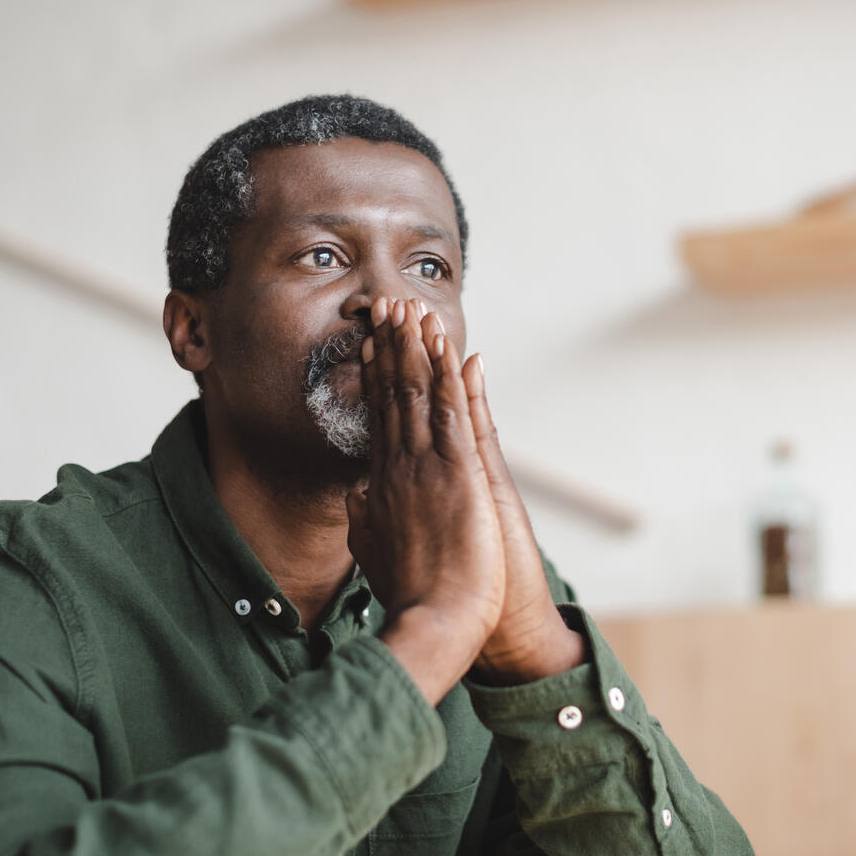
DEAR MAYO CLINIC: My father has had COPD for years, but he was hospitalized for worsening symptoms related to his condition. His health care provider advised that he should begin a pulmonary rehabilitation program. He is hesitant and unsure of what to expect. What are the benefits of pulmonary rehabilitation in people with COPD? Do you recommend it for people with other lung conditions?
ANSWER: Pulmonary rehabilitation is a medically supervised program that includes structured exercise training, health education, behavior modification, nutritional counseling, and the learning of breathing techniques for people who have certain chronic respiratory diseases or lung problems due to other conditions. Pulmonary rehabilitation seeks to improve the physical and psychological condition of people with chronic respiratory disease, and educate these people on how to establish and maintain behaviors that will benefit their health for years to come.
Pulmonary rehabilitation is beneficial for people with chronic obstructive pulmonary disease, or COPD. It has been shown to reduce symptoms of breathlessness, improve physical function and enhance overall quality of life. Research has shown that people who start pulmonary rehabilitation within three months of hospitalization for COPD-related issues are at significantly lower risk of death after one year, compared to those who start pulmonary rehabilitation later or those who do not take part in pulmonary rehabilitation. More evidence is emerging that pulmonary rehabilitation improves symptoms, exercise capacity and quality of life in people with conditions such as interstitial lung disease, asthma, pulmonary hypertension and cystic fibrosis, as well as in people before and after surgery for lung cancer, lung volume reduction or a lung transplant.
Care related to pulmonary rehabilitation is provided by a team of health care professionals from a range of specialty areas and backgrounds, including pulmonologists, respiratory therapists and exercise physiologists. The pulmonary rehabilitation team also may include experts from nursing, physical medicine and rehabilitation, nutrition, psychology and psychiatry, and sleep medicine, depending on a person's needs.
Typically, pulmonary rehabilitation is provided in an outpatient clinic or in a hospital rehabilitation center, and it normally involves one to three supervised sessions per week for six to 10 weeks.
Before starting pulmonary rehabilitation with patients, the health care team will:
- Measure exercise capacity and lung function.
- Review medical history and current treatments.
- Ask about current levels of physical activity, mental health and diet.
- Establish specific goals to be achieved in each person undergoing the program.
Using this information, a specialized care plan is designed to best suit the needs of every person.
Although pulmonary rehabilitation is traditionally performed in a clinic or hospital setting under direct medical supervision, increasing evidence suggests that home-based pulmonary rehabilitation, particularly home-based exercise training, is safe and possibly just as effective. Such home-based rehabilitation may be more convenient for participants. In addition, home-based rehabilitation may be a good alternative for people who are unable to regularly attend a rehabilitation center due to factors such as work commitments and travel restrictions. Many pulmonary rehabilitation centers are working to establish home-based programs.
Exercise training is central to pulmonary rehabilitation. An individualized exercise training plan, or exercise prescription, often is based on the information gathered from exercise tests performed before starting the program, and such a plan is developed for each participant. Exercise training, which combines aerobic exercise, such as treadmill walking or riding a bike; strength training; and exercises that improve balance and flexibility, is designed to improve strength and stamina, and reduce breathlessness, fatigue and tiredness in people who take part in pulmonary rehabilitation. The rehabilitation team may recommend using medication to open up the airways before exercise or teach people how to adjust their regular oxygen therapy during exercise to maximize the benefits gained. As pulmonary rehabilitation participants become more familiar with their exercise program and confident in performing regular exercise, they are encouraged to exercise independently at home or in another setting, such as a fitness center, in addition to the supervised sessions.
Participants also may learn specific breathing techniques such as diaphragmatic breathing, pursed lip breathing or yoga breathing. These techniques can help people with lung conditions better control their breathing, and help them better cope with stressful situations and avoid feeling out of breath, especially during exercise. In some situations, the rehabilitation team also may have a participant take part in specific training of their breathing muscles. This training is designed to increase the strength of the breathing muscles. And when done in combination with exercise training, it has been shown to reduce breathlessness and improve exercise capacity, compared to exercise training alone in some people with respiratory disease.
Education and counseling are also key parts of pulmonary rehabilitation. Participants may receive education on how to more effectively take their medicines and manage their disease; develop a plan to quit smoking, if applicable; and discuss how routine daily tasks can be modified to minimize breathlessness or avoid becoming breathless. In addition, many pulmonary rehabilitation programs offer individual or group-based support on how to best manage and alleviate depression and anxiety, and how to alter diet and prepare meals for long-term health benefits.
Overall, participation in pulmonary rehabilitation is a critical component in managing COPD. I encourage you to talk with your father and his health care provider about the value of pulmonary rehabilitation. I believe it is effective in helping people with lung conditions better manage their symptoms, improve their fitness and ability to perform routine daily tasks, and enhance their overall health and well-being as much as possible. — Dr. Bryan Taylor, Cardiovascular Disease, Mayo Clinic, Jacksonville, Florida
****************************
Related Articles
- Consumer Health: What do you know about COPD? published 11/13/20
- New hope for COPD patients possible with in-home device published 2/4/20







